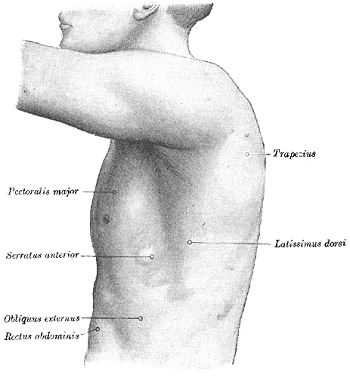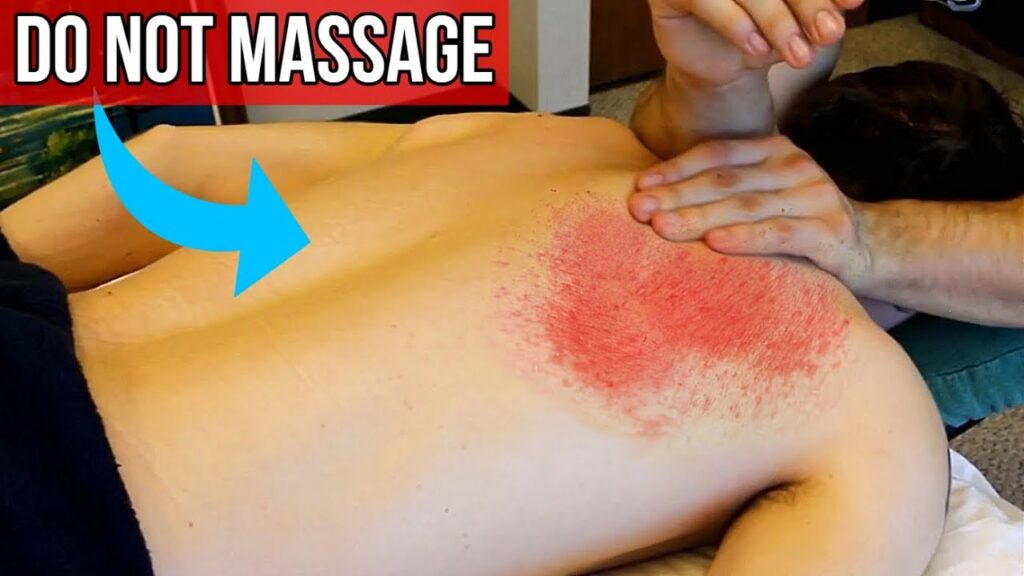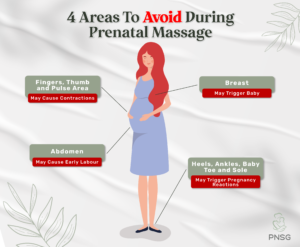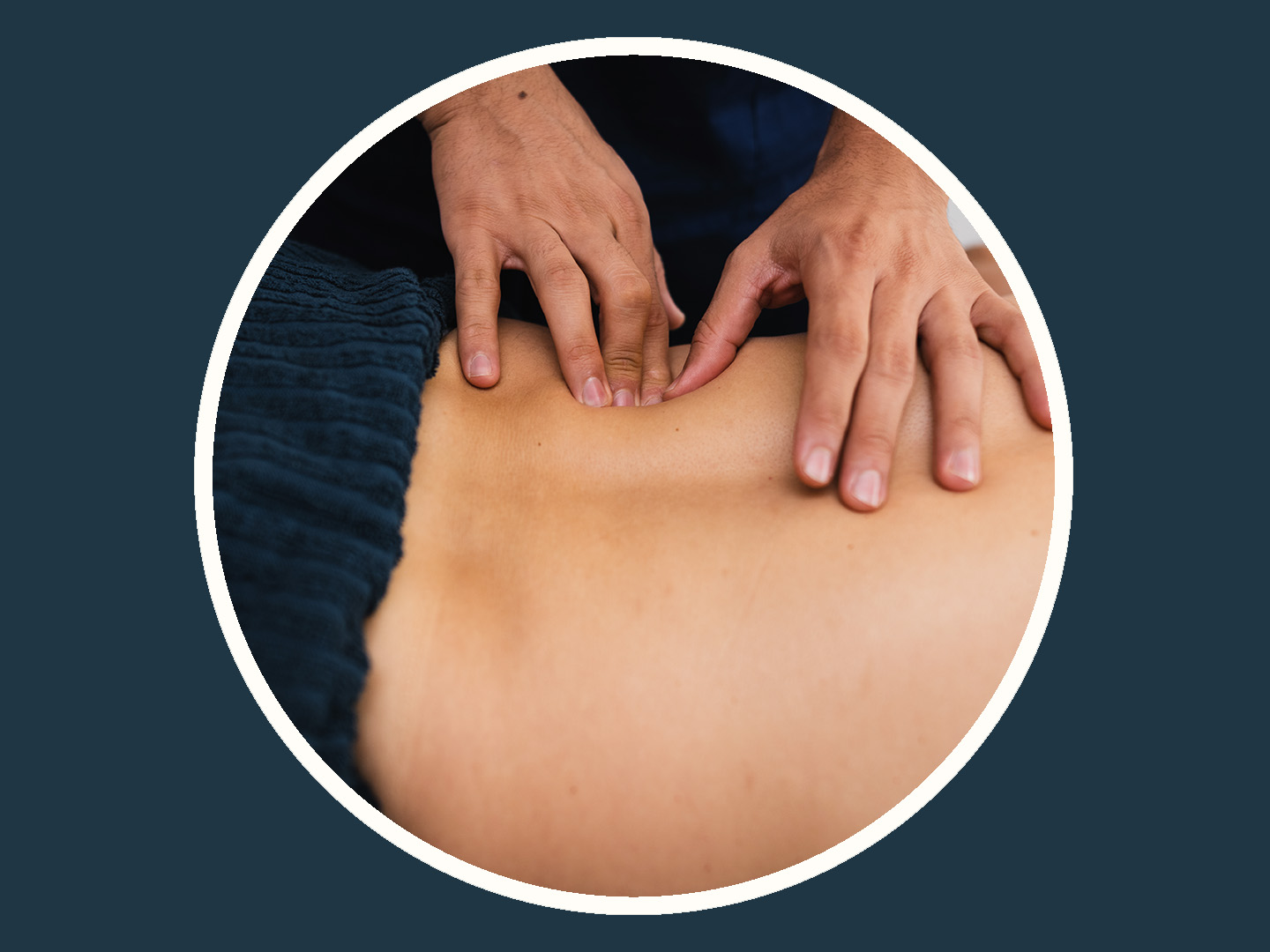Hey there! We’re here to talk about what body parts should not be massaged. As a blog dedicated to massage therapy, we understand the importance of knowing where to avoid applying pressure. Whether you’re a professional or an enthusiast, this information can help you provide safe and effective massages.
Curious to know more? In our upcoming article, we’ll delve into the specific body parts that should be approached with caution. We’ll discuss the reasons behind these restrictions and provide helpful tips to ensure a comfortable and beneficial massage experience. Stay tuned for some valuable knowledge that will enhance your massage skills and keep your recipients happy and healthy.

This image is property of study.com.
Head and Neck
The Fragile Nature of the Skull
When it comes to massages, it’s important to be aware of the delicate nature of the head and neck area. The skull is made up of bones that protect our brain, and any forceful or inappropriate manipulation in this area can have severe consequences. Therefore, it is best to avoid applying direct pressure to the skull during a massage. Instead, focus on gentle techniques that promote relaxation and relieve tension.
Sensitive Nerves in the Face
The face is home to numerous sensitive nerves, and massaging this area requires extra caution. The eyes, for example, are extremely delicate and should never be touched directly. Additionally, the jaw is connected to the temporomandibular joint (TMJ), which can become strained and injured if handled improperly. To ensure safety, it’s advised to avoid deep pressure or aggressive techniques when massaging the face and jaw.
Safety Considerations for Massaging the Neck
The neck is a common area for tension and can greatly benefit from a massage. However, it’s crucial to exercise caution due to the vulnerability of the cervical spine. Applying excessive pressure or using forceful techniques can result in serious injuries, such as damage to the spinal cord or herniated discs. To massage the neck safely, use gentle strokes and avoid direct pressure on the vertebrae. Always communicate with your client and be responsive to their feedback to prevent any potential harm.
Chest and Abdomen
Vulnerability of Organs
The chest and abdomen house vital organs, such as the heart, lungs, liver, and spleen. These organs are delicate and susceptible to injury, making them areas to be cautious when massaging. Direct pressure or vigorous manipulation on these areas can potentially cause harm or disrupt the function of these organs. It’s recommended to focus on lighter touch and techniques that promote relaxation rather than deep tissue manipulation.
Avoiding Risk to the Heart
The heart is a crucial organ that should always be approached with care. Applying deep pressure or aggressive techniques directly over the heart can potentially damage the delicate heart muscles or disrupt its rhythm. It’s important to be mindful of the heart’s location and use lighter strokes or techniques that work around the area instead of directly over it. If you have concerns about a client’s heart health, it’s best to consult with a healthcare professional before providing a massage.
Caution when Massaging the Abdomen
The abdomen is another area that requires caution during a massage. This area houses the digestive organs, including the stomach and intestines, which can be sensitive to pressure. Applying deep pressure or excessive manipulation on the abdomen can cause discomfort, pain, and even injury. It’s crucial to communicate with your client and ask for their consent before working on this area. Use gentle, circular motions to promote relaxation without causing any unnecessary discomfort.
Spine and Lower Back
Potential Damage to the Spinal Cord
The spine is a complex structure composed of vertebrae and the spinal cord. The spinal cord is responsible for transmitting signals between the brain and the rest of the body, and any damage to this delicate structure can have severe consequences. Avoid applying direct pressure on the vertebrae or using forceful techniques along the spine. Instead, opt for gentle strokes that promote relaxation and relieve tension in a safe manner.
Risk of Herniated Discs
Herniated discs are a common spinal condition that can cause intense pain and discomfort. They occur when the soft, gel-like center of a spinal disc ruptures and puts pressure on nearby nerves. Massaging directly over a herniated disc can exacerbate the condition and potentially cause further damage. It is crucial to be aware of any existing spinal issues a client may have and work with caution, avoiding direct pressure on the affected area.
Precautions for Lower Back Massages
The lower back is a common area of tension and discomfort, but it also requires special attention due to the proximity of critical structures like the kidneys and sacrum. Applying excessive pressure or forceful techniques on the lower back can lead to pain, injury, or even organ damage. To ensure safety, focus on gentle techniques that promote relaxation and avoid putting direct pressure on the kidneys or sacrum. Communicate with your client and be responsive to their feedback to prevent any potential harm.
Genitals and Pubic Area
Respect for Personal Boundaries
Respecting personal boundaries is of utmost importance when it comes to massaging sensitive areas like the genitals and pubic area. It is crucial to always obtain explicit consent from the client before even considering massaging these areas. Remember, it is the client’s right to decline any part of the massage they are uncomfortable with, and their comfort and safety should always be prioritized.
Avoiding Inappropriate Touch
When it comes to massaging sensitive areas, it is crucial to avoid any form of inappropriate touch. This includes avoiding any actions that may be perceived as sexually suggestive or invasive. Always maintain a professional and respectful demeanor to ensure a safe and comfortable environment for your client.
Consent and Communication
Communication is key when it comes to massaging sensitive areas, especially the genitals and pubic area. Before initiating any contact, openly discuss with your client the boundaries and expectations for the massage. Ensure that there is explicit verbal or written consent for any work in the genital area. Remember, ongoing communication throughout the session is vital, and always respect and honor your client’s boundaries and choices.

This image is property of i.ytimg.com.
Joints and Bony Areas
Protecting the Fragile Nature of Joints
Joints are vital for mobility and stability, and their protection should be a priority during massages. Applying excessive pressure or undue force on joints can lead to pain, discomfort, and potentially cause injury. It’s important to avoid direct pressure on joints such as the knee, elbow, or shoulder. Instead, focus on techniques that work around the joints and promote relaxation without putting them at risk.
Potential Injury to Bones
Bones are the framework of our bodies, and they can be sensitive to pressure or forceful manipulation. Massaging directly on bones, such as the ribs, can lead to bruising, pain, and even fractures. It’s essential to use caution and avoid applying direct pressure on bony areas during a massage. Instead, focus on surrounding muscles and use techniques that promote relaxation without putting excessive strain on the bones.
Techniques to Safely Massage Around Joints
Working around joints can still provide relief and relaxation without endangering their integrity. Utilize techniques that target the muscles surrounding the joints, such as gentle kneading or stretching, to alleviate tension and promote relaxation. Remember to always listen to your client’s feedback and adjust your techniques accordingly to minimize any potential risks.
Open Wounds and Bruises
Risk of Infection and Contamination
Open wounds are susceptible to infection and require proper medical attention. Massaging over an open wound can introduce bacteria or contaminants, potentially leading to serious health complications. It’s crucial to avoid massaging directly over open wounds and advise your client to seek medical treatment before receiving a massage to ensure their safety and proper healing.
Delaying Treatment for Open Wounds
If a client has a healing wound that hasn’t completely closed, it’s important to advise them to delay their massage until the wound is fully healed. Massaging over a healing wound may disrupt the natural healing process and increase the risk of scarring or infection. Always prioritize your client’s safety and well-being by encouraging them to seek appropriate medical attention for their wounds.
Alternative Therapies for Bruised Areas
Bruised areas are tender and require special care. Massaging directly over bruises can be painful and potentially worsen the discoloration or swelling. Instead, encourage your client to apply cold compresses or take over-the-counter pain relief medication to alleviate any discomfort. If needed, suggest alternative therapies such as gentle stretching or mobility exercises to promote healing and alleviate tension around the bruised areas.

This image is property of pnsingapore.com.
Varicose Veins
Increased Risk of Blood Clots
Varicose veins are enlarged and twisted veins that can be prone to blood clot formation. Applying excessive pressure or vigorous massaging directly over varicose veins can potentially dislodge blood clots and increase the risk of developing deep vein thrombosis (DVT) or other complications. It is essential to avoid putting pressure on varicose veins during a massage and focus on gentle strokes that promote circulation without causing any harm.
Maintaining Proper Blood Flow
While massaging over varicose veins should be avoided, there are other ways to promote proper blood flow in the affected area. Encourage your client to elevate their legs to help reduce swelling. Suggest gentle exercises like walking or swimming that can enhance blood circulation throughout the body. It’s important to remind your client that massage therapy alone may not cure or alleviate varicose veins, and they should consult with a healthcare professional for proper medical treatment.
Avoiding Pressure on Varicose Veins
During a massage, it is essential to avoid putting pressure directly on varicose veins. Instead, focus on techniques that improve overall circulation, such as long, sweeping strokes. This can help promote blood flow in the surrounding tissues without putting any unnecessary strain on the varicose veins.
Pregnant Women
Sensitive Areas and Pressure Points
Pregnant women require special care and attention during massages. Certain areas, such as the abdomen, lower back, and ankles, may be particularly sensitive or have pressure points that can stimulate contractions. It is vital to communicate openly with your pregnant client and identify any areas or techniques that should be avoided for their safety and comfort.
Risk of Premature Labor
Massaging certain pressure points or using certain techniques on pregnant women can potentially stimulate contractions and lead to premature labor. A pregnant client should always consult with their healthcare provider before receiving a massage to ensure it is safe to do so. As a massage therapist, always prioritize the well-being of your clients and be knowledgeable about the precautions and contraindications associated with pregnancy.
Specialized Prenatal Massage Techniques
Prenatal massage requires specialized techniques that cater to the unique needs of pregnant women. Gentle strokes and supported positions can alleviate discomfort and promote relaxation without putting unnecessary strain on the pregnancy. Consider utilizing pregnancy bolsters or pillows to provide additional support, and always ask for feedback from your pregnant client to ensure their comfort and safety throughout the session.

This image is property of www.sheknows.com.
Cancer Patients
Side Effects of Treatments
Cancer treatments can often cause a range of side effects, such as pain, fatigue, and nausea. While massage therapy can be beneficial for some cancer patients, it is important to be cautious and considerate of their specific conditions and treatment plans. Always communicate openly with the client and have a clear understanding of their medical history and current status before providing any massage therapy.
Avoiding Pressure on Tumor Sites
Cancer patients may have tumors or affected areas that should not be massaged. Applying pressure or manipulation directly on tumor sites can potentially cause pain, discomfort, or even exacerbate the condition. It is crucial to consult with the client’s oncologist and obtain explicit consent before working on any areas affected by cancer or related treatments.
Consulting with Oncologists
To ensure the safety and well-being of your client, it’s highly recommended to consult with their oncologist or healthcare provider before providing massage therapy to cancer patients. They can provide insight into the specific needs, precautions, and contraindications related to the individual’s condition, treatment, and overall health. Remember, the oncologist’s guidance should always be followed and integrated into the massage therapy plan.
Conclusion
Understanding the limitations and potential risks of massage therapy is essential for any practitioner or enthusiast. Prioritizing client safety and comfort should always be paramount. By being aware of what body parts should not be massaged and respecting personal boundaries, you can create a safe and enjoyable massage experience for all. If ever unsure about a specific condition or area, seeking professional advice from healthcare providers or consulting with experts in the field can help ensure the well-being of your clients. Remember, communication, consent, and ongoing education are key to providing a safe and effective massage experience. Happy massaging!

This image is property of www.integrativehealthcare.org.
